Determination of phenolics and flavonoids
The use of standardized herbal extracts is a prerequisite for scientific publication or authentication of pharmaceutical products. Standardization of herbal extracts is commonly carried out using HPLC method. Phenolics and flavonoids are some of the major classes widely distributed in plants and foods, therefore they are commonly used as standardization herbal markers.
Natural phenolic compounds
Plant phenolics are widely distributed in nature as secondary metabolites. More than 8000 phenolic compounds have been reported from various plant sources. They are usually classified into polyphenols (tannins and flavonoids), phenolic acids and miscellaneous (such as coumarins, lignans,…etc). Plant extracts usually contain a combination of various phenolics rather than a single phenolic compound, which possess several biological activities.
Natural flavonoids
Flavonoids are a class of secondary metabolites found in plants and fungi. Chemically they have the general structure of 15 carbons skeleton, consisting of two phenyl rings and a heterocyclic ring (abbreviated as C6-C3-C6).
Available tests
1. Determination of total phenolics
Folin-Cioacalteu is considered one of the most commonly used methods for the determination of plant total phenolics, as reported in several pharmacopoeias. The reaction forms a blue chromophore, where the maximum absorption of the chromophore depends on the phenolic compounds concentration and alkaline solution.
2. Qualitative estimation of phenolics (HPLC)
The plant extract is monitored for the presence of group of phenolics (including phenolic acids; gallic, ellagic, caffeic and chlorogenic acids). The presence of these compounds is confirmed through comparison of Rt and UV spectra on HPLC.
3. Quantitative estimation of phenolics (HPLC)
Using the external standard method, different phenolic acids (gallic acid, ellagic acid, caffeic acid and chlorogenic acid) can be quantitatively determined in the provided herbal extracts.
Results: Data will be represented as means ± SD (n = 3), and the standard calibration curves of the detected phenolics will be provided (5 concentration points).
4. Determination of total flavonoids
One of the common methods for the quantitative determination of flavonoids is the colorimetric determination of flavonoids-AlCl3 complex. One of the advantages of this method is obtaining the flavonoid spectrum without the interference of other phenolic compounds.
5. Qualitative estimation of flavonoids (HPLC)
The plant extract is monitored for the presence of group of flavonoids (including; quercetin, catechin, rutin and kaempferol). The presence of these compounds is confirmed through comparison of Rt and UV spectra on HPLC.
6. Quantitative estimation of flavonoids (HPLC)
Using the external standard method, different flavonoids (catechin, quercetin, kaempferol and rutin) can be quantitatively determined in the provided herbal extracts.
Results: Data will be represented as means ± SD (n = 3), and the standard calibration curves of the detected flavonoids will be provided (5 concentration points).
You can also check our other services:
1- Purification using flash chromatography
2- Supercritical fluid extraction
3- Extraction of natural products
4- Fractionation of extracts (Partitioning / Diaion)
5- Sephadex LH-20 open columns (size exclusion)
6- Total anti-oxidant capacity
7- Total soluble carbohydrate content
8- Choline esterase inhibition assay
9- Alpha glucosidase inhibition assay

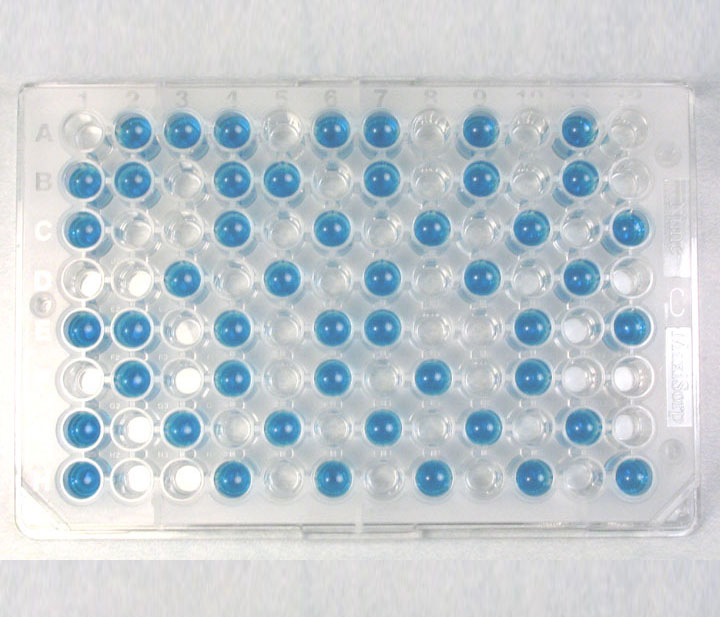
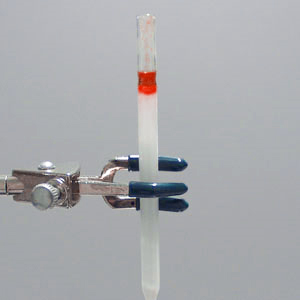
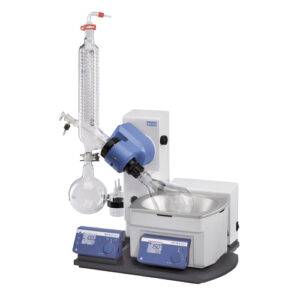

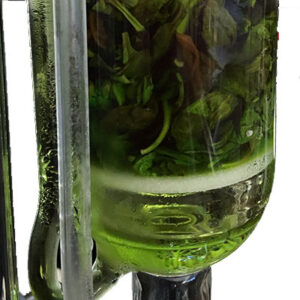

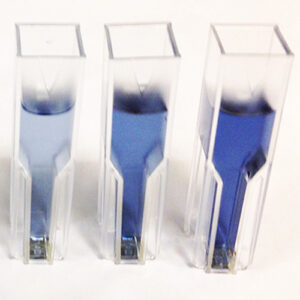
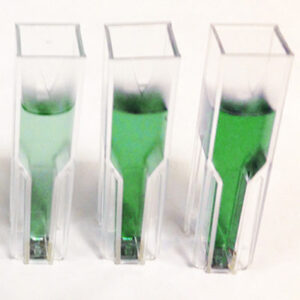
شيرين حمدي (verified owner) –
excellent experience and professional team
Enas El tamany (verified owner) –
Qualified staff , rapid response and fast reliable results which saved my time
Aisha Mohamed Shehta (verified owner) –
Mennatullah Abdellatif (verified owner) –
Eman Eltaher (verified owner) –
Wael Mortada (verified owner) –
Anonymous (verified owner) –
Samia Salah –
Hebatollah Sweelam (verified owner) –
Fast accurate results, thank you so much
Reham W. (verified owner) –